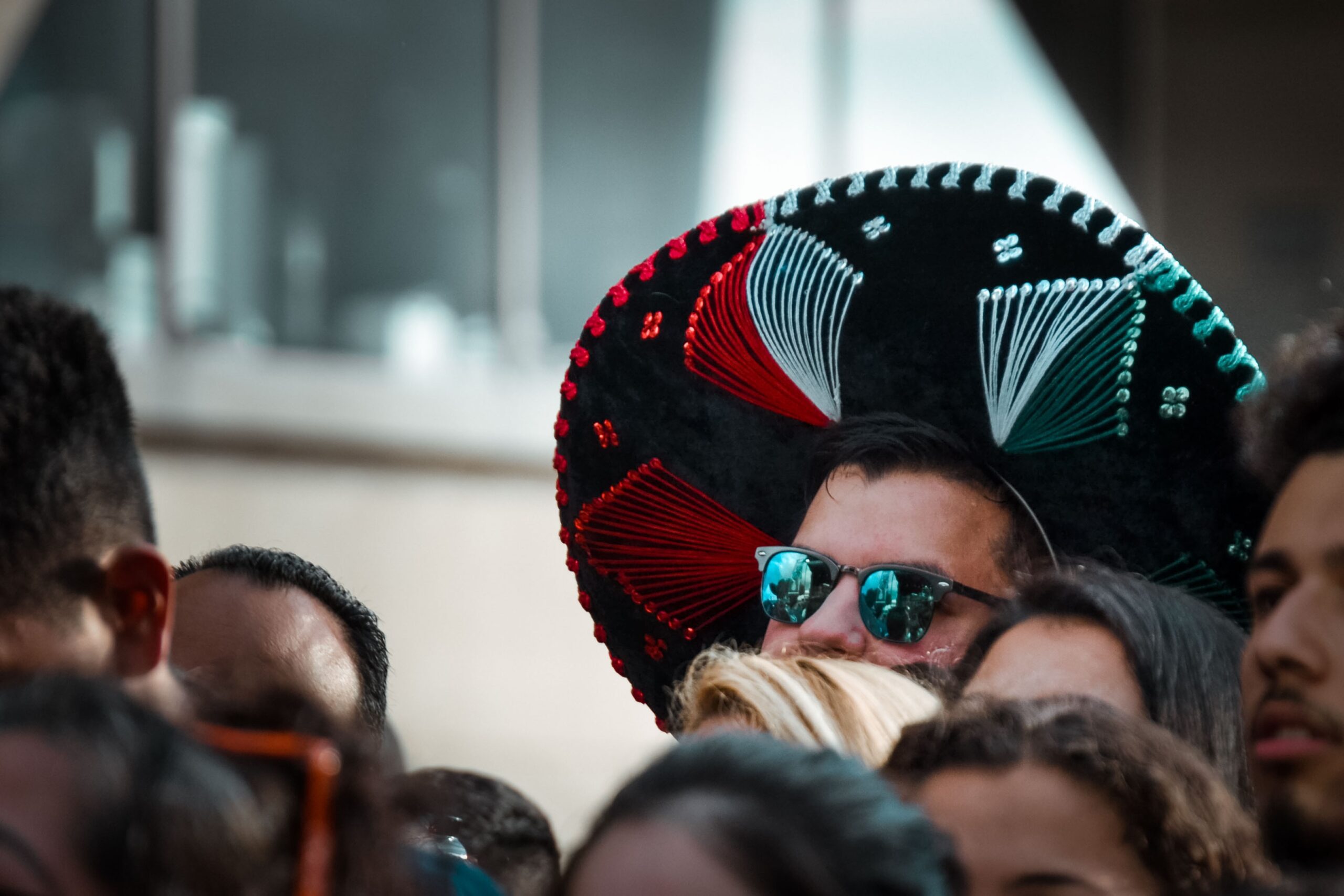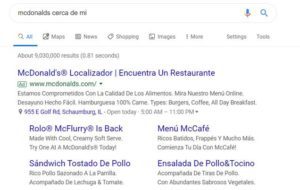As the U.S. Hispanic population continues to gain spending clout, many brands are responding with multi-cultural advertising, specifically geared to the Hispanic population and including online advertising in Spanish. Reaching out to a Hispanic audience requires an understanding of both language and cultural nuances. Businesses need to do their homework carefully to connect with Hispanics in authentic ways. If you are one of those businesses, here are some tips to consider:
1 Make sure you understand nuances of language, such as idioms or vocabulary that vary by audience
The U.S. Hispanic population is diverse, as discussed in this article from the Pew Research Center. While in cities like Houston, more than two in three Hispanics are of Mexican descent, other origin groups predominate elsewhere. Puerto Ricans are the largest Hispanic group in the Orlando, Florida, metro area, for example. As in English, there are words and phrases that vary by region or country and can signal where a speaker is from. The Spanish spoken in Spain is different from that in Mexico, Puerto Rico, or Venezuela.
For example, “glasses” in Mexico are “lentes”; in Spain they are “gafas.” And while some Mexican Spanish is similar to the English—e.g., “computadora” means “computer”—the Spanish words can be very different in other countries. In Spain, “ordenador” is the Spanish word for “computer.” Brands looking to create video/aural content to reach Hispanic audiences should also be aware of pronunciation differences. When a z or c appears before an i or e in a word, the sounds translates to an s in Mexican Spanish. But it’s a th in Spain.
Idioms and slang also differ. “Camión” means “truck” in much of Latin America, but in Mexico it’s also slang for formal and informal route buses. And while “padre” means “father,” in Mexican slang it can also mean “cool.” Perhaps most important, some Spanish words have taken on awkward alternate meanings that could prove embarrassing if used by advertisers. Know the slang.
Bottom line: knowing Spanish is one thing, but knowing how to tailor an ad to accommodate cultural difference is another challenge. To successfully localize your ads and ensure your message is clear, make sure you’re using the same language as the speakers in your target market.
2 Consider the entire journey
Creating a seamless user experience is the key to effective advertising. An ad in Spanish doesn’t help much if the audience clicks through to a landing page that fails to accommodate Spanish, or a customer service rep who does not speak Spanish. Just as imagery needs to remain consistent across all consumer touchpoints, language needs to remain constant in a user experience. If your audience has a positive experience with your brand—one that makes them feel more at ease and able to find clear information—your brand will benefit.
How does a brand create this experience? Look no further than McDonald’s, which provides a good example of how to manage the customer journey in Spanish. People searching for a “McDonald’s near me” in Spanish might get an ad from McDonald’s that shows up in Spanish, as shown below:
If you click on one of the products featured in the ad — say “Ensalada de Pollo & Tocino”—you are taken to a McDonald’s landing page that allows you to change the language to Spanish.
McDonald’s understands that an advertisement is part of a connected experience, and each element of the experience needs to work in lockstep with the other. They also understand this: if the audience has a positive experience with a brand—one that makes them feel more at ease and able to find clear information—the brand will benefit.
3 Be culturally relevant
Find things that connect culturally with your Hispanic audience. According to a 2018 Monitor Study conducted by Kantar Consulting, which analyzed the state of the U.S. consumer marketplace, Hispanic cultural and community identity is at an all-time high. In a Forbes discussion of the study, Isaac Mizrahi notes, “Hispanics lead and over-index all other ethnic segments in cultural connection elements such as family, history, food, language, recipes and music.” That’s huge, as is the revelation that 59 percent of Hispanics think their cultural background strongly influences their buying decisions.
Fifty-nine percent of Hispanics also indicate that they seek brands that recognize and celebrate their culture’s unique traditions. The emphasis here should be on unique: just as language can vary by Hispanic region or country of origin (point 1, above), so can, for example, holidays. Carnival is celebrated in Brazil. Independence Day and Day of the Dead are important to Mexicans. Informed advertisers understand this.
And as Maria Amor, VP of Havas Formulatin, points out in PRWeek, family is a key aspect of Hispanic culture. Hispanic millennials have stronger family ties than many of their non-Hispanic peers, for example, and brands that want to connect in a meaningful way with a Hispanic audience need to understand this.
In short, know your audience and reach out in a way that is relevant to them.
4 Don’t set it and forget it
You might be tempted to use tools such as Google Ads to create campaigns that automatically translate English to Spanish. These tools can help you, but they should not replace people. The flaw in many auto-translate programs is that they use a direct word translation, without considering the context or regional variations of the translated words. There’s no nuance. This can lead to confusion at best, and be seriously off-putting at worst, ultimately preventing an audience from connecting with your brand. Human judgment is key to navigating nuances in culture and regional idioms.
Contact True Interactive
Eager to learn more about digitally connecting with a Hispanic audience? Contact us. We can help.

